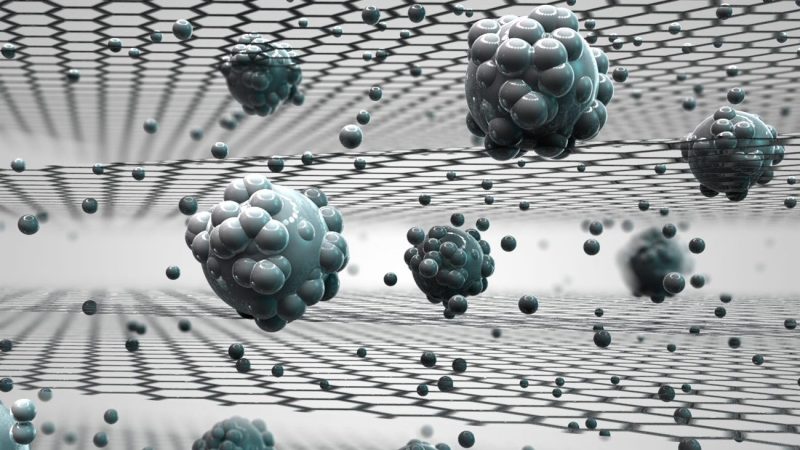
It’s an age-old problem that might just have a cutting-edge solution. Graphene-based membranes are now being tested that would make it much easier to create potable water from seawater. The graphene material has already proven to be useful in gas filtration and water filtration.
The groundbreaking findings from University of Manchester researchers could help improve the lives of millions around the world without access to clean water. Their results were published last week in Nature Nanotechnology.
When salt dissolves in water, the water molecules form a “shell” around the salt compounds, effectively binding the two together. But the small capillaries in the graphene-based sieve strip the water molecules from the salt when it passes through, according to a press release published on Phys.org.
Scientists used a special technique to help the membrane, made using graphene-dioxide, avoid swelling when submerged in water—an impediment to previous desalination research. They designed the membrane’s pores to be precisely controlled so they can efficiently separate the salts from water, making it safe to drink.
The study is the first of its kind and represents “a significant step forward” in desalination technology that would open new possibilities for improving its efficiency according to Rahul Nair, a University of Manchester professor that worked on the research.
—RealClearLife
This article was featured in the InsideHook newsletter. Sign up now.
